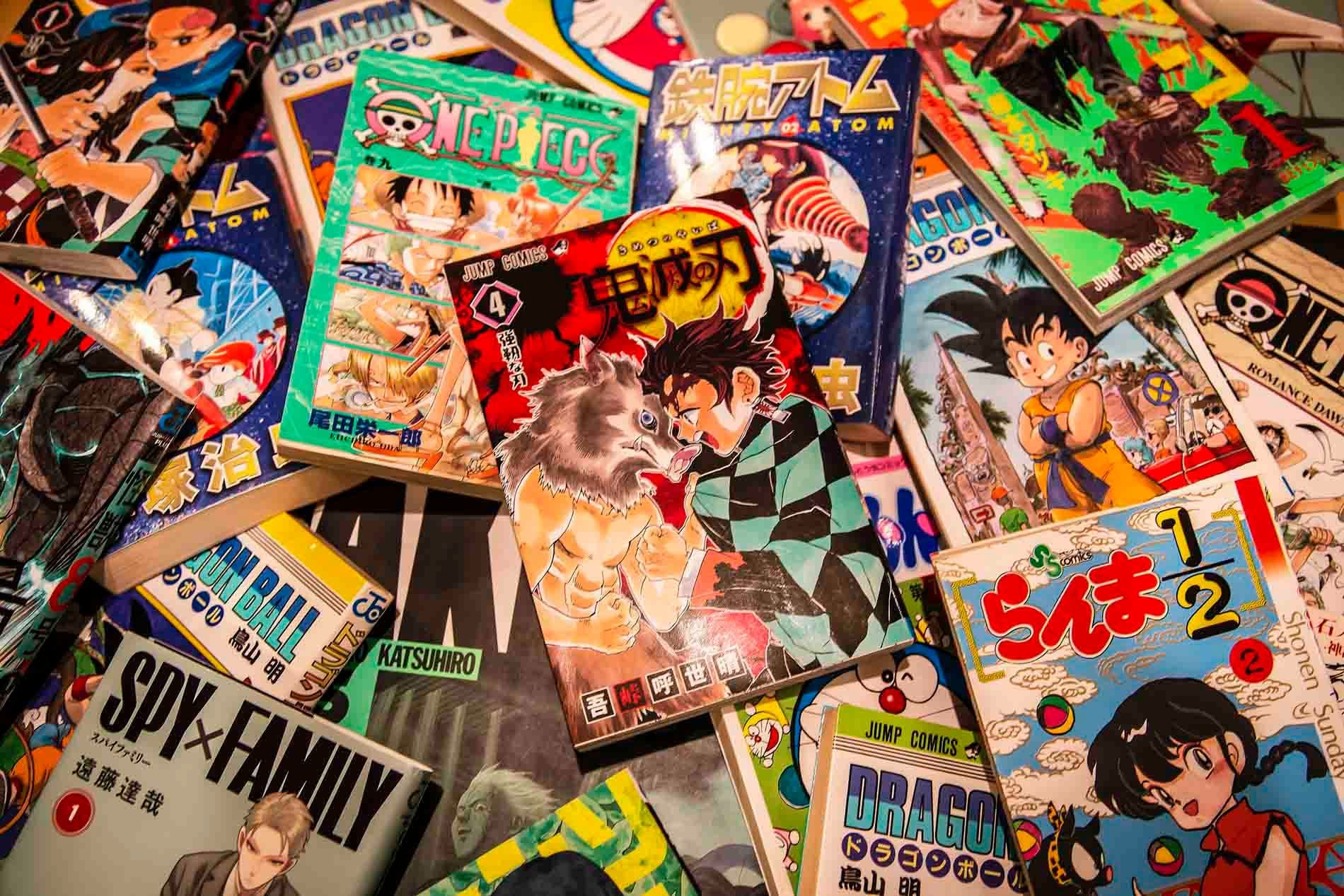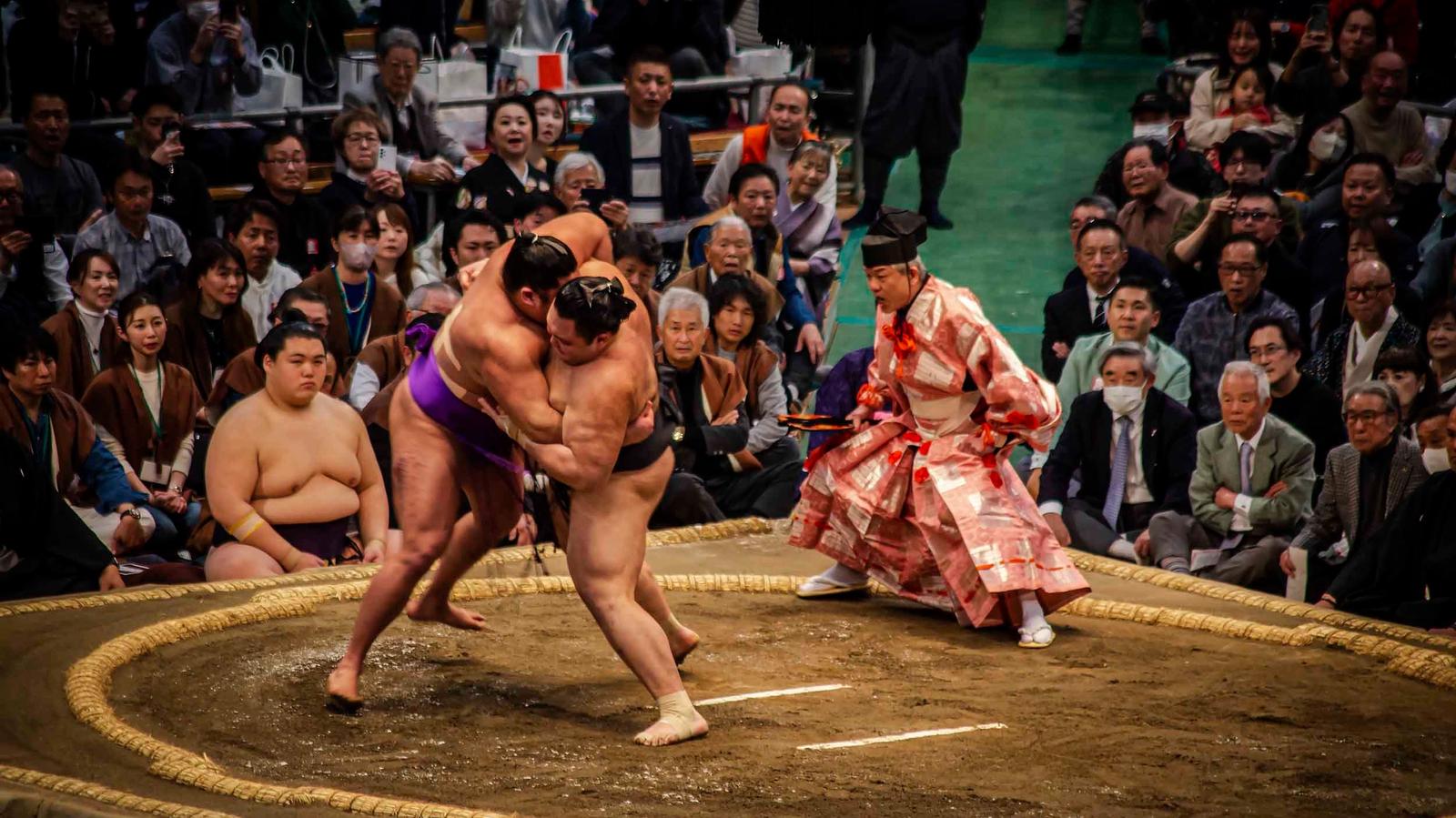

Table of contents:
Sumo wrestling is more than just a competitive sport—it’s a living tradition rooted in Japan’s ancient Shinto rituals. With a history spanning over 1,500 years, sumo embodies both cultural heritage and modern athleticism.
Governed by the esteemed Japan Sumo Association, the sport draws in not only passionate local fans but also curious foreign tourists, all eager to experience the vibrant tournaments in Tokyo, Osaka, Nagoya, and Fukuoka.
Book tickets now ➡️ What to see a live sumo tournament? Book through our affiliate Klook tickets 🗾
👉 Tokyo - Sumo Tournament 2025
👉 Nagoya - Sumo Tournament 2025
👉 Osaka - Sumo Tournament 2025

1. What is Sumo Wrestling?
1.1. The Objectives of the Sumo Sport
- Full-Contact Discipline: Sumo wrestling is a full-contact contest where two rikishi (力士 - sumo wrestler) face off in a circular ring, known as a dohyo.
- Objective: The rikishi either must push their opponent out of the circular dohyo or force them to touch the ground with any part of their body other than the soles of their feet.
1.2. Techniques and Tactics for Sumo Wrestling
- Dynamic Moves: Wrestlers use a blend of shoving, pushing, and throwing techniques to gain the upper hand.
- Skill Over Size: With no weight divisions, every match emphasizes technique, strategy, and perseverance—making each bout a true test of a wrestler’s skill.
1.3. Cultural and Ritual Significance
- Shinto Roots: Every match is infused with ceremonial practices that honor ancient Shinto traditions. For example, throwing salt into the ring is a pre-match ritual that purifies the ring. You can see the wrestlers throw the salt as they consider their strategy.
- Tradition Meets Modernity: While steeped in ritual, sumo has evolved to captivate modern audiences with its dramatic displays of power, as well as raw athleticism.

2. Becoming 'Yokozuna' as a Sumo Wrestler
Yokozuna (横綱) is the highest rank in sumo wrestling, symbolizing the pinnacle of achievement in a sport that blends tradition, discipline, and raw power. Attaining this esteemed status requires much more than physical prowess—it demands a deep commitment to the art and rituals of sumo. Here’s what it takes:
- Mastery Over Technique and Skill:
- Relentless Training: Years of rigorous training refine a wrestler’s technique, ensuring they can consistently outperform their opponents.
- Precision in Movement: Success relies on perfecting the art of balance, shoving, and throwing—not just brute strength. Technique is important!
- A Role Model for Future Generations:
- Exemplary Conduct: As the face of sumo, a Yokozuna sets the standard for behavior, discipline, and sportsmanship both on and off the ring.
- Inspiration: Their achievements serve as a beacon for aspiring wrestlers, inspiring them to embrace the sport's rigorous traditions and pursue excellence.

3. A Sumo Wrestler's Diet
Sumo wrestlers follow a highly specialized, calorie-dense diet designed to build and maintain the enormous strength and mass required in the ring. Despite eating only two main meals per day, they consume between 7,000 and 10,000 calories daily. Here’s a breakdown of their nutritional regimen:
- Protein-Rich Staples:
- Chankonabe (ちゃんこ鍋):
- A traditional, hearty stew made with meat, vegetables, tofu, and other nutrient-rich ingredients.
- Essential for weight gain and muscle development, chankonabe is a cornerstone of the sumo diet.
- Balanced Nutrients: Along with chankonabe, wrestlers include various protein and carbohydrate sources to create a well-rounded, energy-sustaining meal plan.
- Chankonabe (ちゃんこ鍋):
- Strict Eating Schedule and Portion Control:
- Precision in Portions: Every meal is measured to ensure that wrestlers meet their caloric and nutritional needs without compromising health.
- Routine Discipline: The structured timing of meals helps maintain consistent energy levels and supports the rigorous training required by the sport.
Popular Articles


Tokyo Favorites: 20 Must-Do Experiences for Travelers

Kyoto Bike Tours: Discover the City’s Hidden Gems with Noru
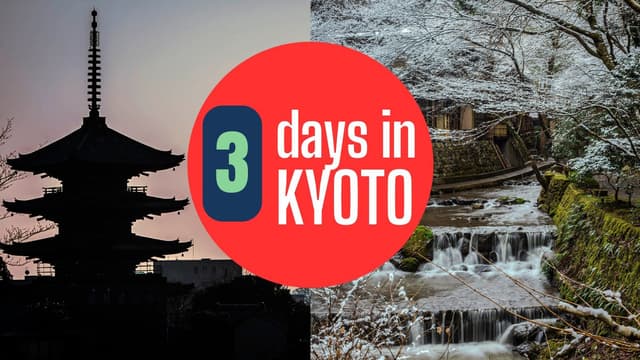
Kyoto 3-Day Itinerary: Best Things to Do for First-Time Visitors
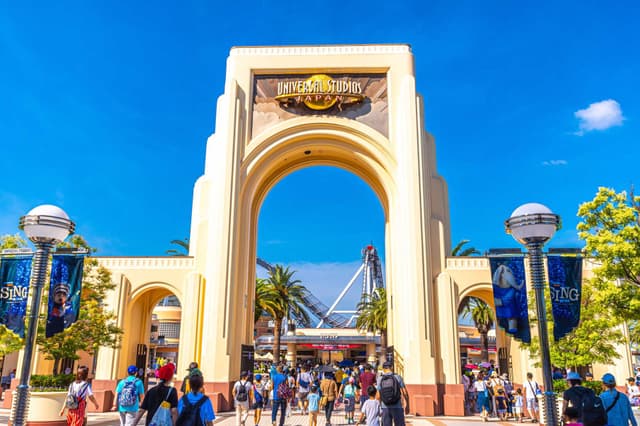
Universal Studios Japan Tickets: Your Guide to Visiting USJ

Find Out What Japan Really Thinks of Foreign Tourists

Manga Explained: Top Recommendations for Beginners
4. Training Like a Sumo Wrestler
Sumo wrestlers may consume an astonishing number of calories, but their intense physical training ensures that they remain in peak condition. This rigorous training helps prevent the buildup of harmful visceral fat, reducing the risk of obesity-related diseases like diabetes, heart attacks, and strokes. Below is an in-depth look at how the sumo lifestyle balances high-calorie intake with demanding physical discipline.
4.1. Daily Life and Training Regimen
- Early Morning Start:
- Junior Rikishi begin their day around 5 AM, diving straight into training—even before breakfast.
- Intensive Training Sessions:
- Structured Exercises: Daily routines include repetitive squats, shiko (stomping exercises), and other drills designed to boost strength, flexibility, and balance.
- Nutritional Support: Meals are centered around protein-rich Chanko-nabe, which is meticulously crafted to promote muscle growth and provide the energy required for intense workouts.
- Communal Living and Discipline:
- Stable Environment: Sumo wrestlers live in communal training facilities where they follow a strict hierarchical system.
- Daily Chores: In addition to physical training, they participate in daily chores to maintain the cleanliness and orderliness of the stable, reinforcing discipline and teamwork.

5. The Health and Longevity of Sumo Wrestlers
- Balancing High-Calorie Intake with Physical Fitness:
- Training Overcomes Calories: Despite consuming between 7,000 and 10,000 calories daily, the rigorous training routine prevents the harmful accumulation of visceral fat that typically leads to metabolic and cardiovascular diseases.
- Healthy Fat Distribution: The sumo lifestyle tends to store fat beneath the skin rather than around vital organs, which contributes to better overall health.
- Medical Considerations:
- Average Life Expectancy: The typical life expectancy for a Rikishi hovers around 65 years, highlighting the need for enhanced medical care and swift response to injuries in this physically demanding sport.
6. Career Progression of Wrestlers and Sumo Ranks
- The Journey Begins:
- Starting Young: Many wrestlers begin their careers in the Jonokuchi division around the age of 16, gradually working their way up through official bouts.
- Climbing the Hierarchy:
- Advancement Through Victories: Success in the ring propels a wrestler through the various ranks, each reflecting increased mastery and discipline.
- Sekitori Status: Achieving sekitori status is a major milestone that comes with privileges such as wearing vibrant mawashi and receiving dedicated support from lower-ranked wrestlers.
- The Ultimate Goal:
- Aiming for Yokozuna: The pinnacle of a sumo career, the Yokozuna rank, represents not only supreme athletic ability but also a deep commitment to the traditions and values of sumo wrestling.
7. How to Experience Sumo as a Tourist
If you're interested in experiencing sumo for yourself, there are several tours that you can check out while in Japan. Whether you're interested in witnessing live matches, exploring sumo stables, or even enjoying a traditional chankonabe lunch, these tours can help you come close to sumo culture.
Live sumo tournament ➡️ Book through our affiliate Klook tickets links 🗾
👉 Purchase Tokyo Sumo Tournament
👉 Purchase Nagoya Sumo Tournament
👉 Purchase Osaka Sumo Tournament
Check out the options below to find the perfect way to connect with sumo during your visit.
FAQs
What is the point of sumo wrestling?
In sumo wrestling, the goal is to push your opponent out of the circular ring called the dohyo or to force them to touch the ground with any body part other than the soles of their feet. Wrestlers use a mix of shoving, pushing, and throwing techniques to achieve this. The sport is unique because there are no weight divisions, so every match is decided by skill and strategy.
How does a wrestler become a Yokozuna?
Becoming a Yokozuna is the highest honor in sumo wrestling and takes years of rigorous training and dedication. A wrestler must show excellent technique, honor ancient rituals, and consistently win matches to climb the ranks. Yokozuna are respected as role models, symbolizing both the physical and cultural spirit of the sport.
What does a sumo wrestler eat?
Sumo wrestlers eat only two main meals a day but consume between 7,000 and 10,000 calories to meet their energy needs. Their diet is high in protein and calories, with chankonabe—a hearty stew of meat, vegetables, and tofu—being a staple. This diet helps them build muscle and maintain the large size required for the sport while supporting their intense training routines.
What does a typical training day look like for a sumo wrestler?
A sumo wrestler’s day starts very early, often around 5 AM, with intense training sessions that include exercises like squats and shiko. They live in communal training facilities where strict discipline is maintained, and even daily chores help build teamwork. The training is designed not only to build strength and balance but also to support their heavy, calorie-rich diet.
What modern challenges does the world of sumo wrestling face?
Today, sumo wrestling faces challenges such as a packed tournament schedule that can lead to injuries and fatigue. There is also a growing call for an off-season to help wrestlers recover and maintain their performance. Modern efforts are being made to improve spectator experiences and update medical care, ensuring the sport honors its traditions while adapting to contemporary needs.
Loading Comments...

James Saunders-Wyndham
I've been immersed in Japanese culture and daily life for over 30 years and am proud to call Japan my home. Originally from Australia, my journey has taken me from teaching at Japanese universities to traveling extensively across the country, uncovering its hidden gems. As a web developer, I built Romancing Japan from the ground up to share these experiences with you. Whether it's the charm of old Kyoto, the pulse of Tokyo, or the tranquility of the countryside, I love helping others discover the magic of Japan—one story at a time.
Popular Articles
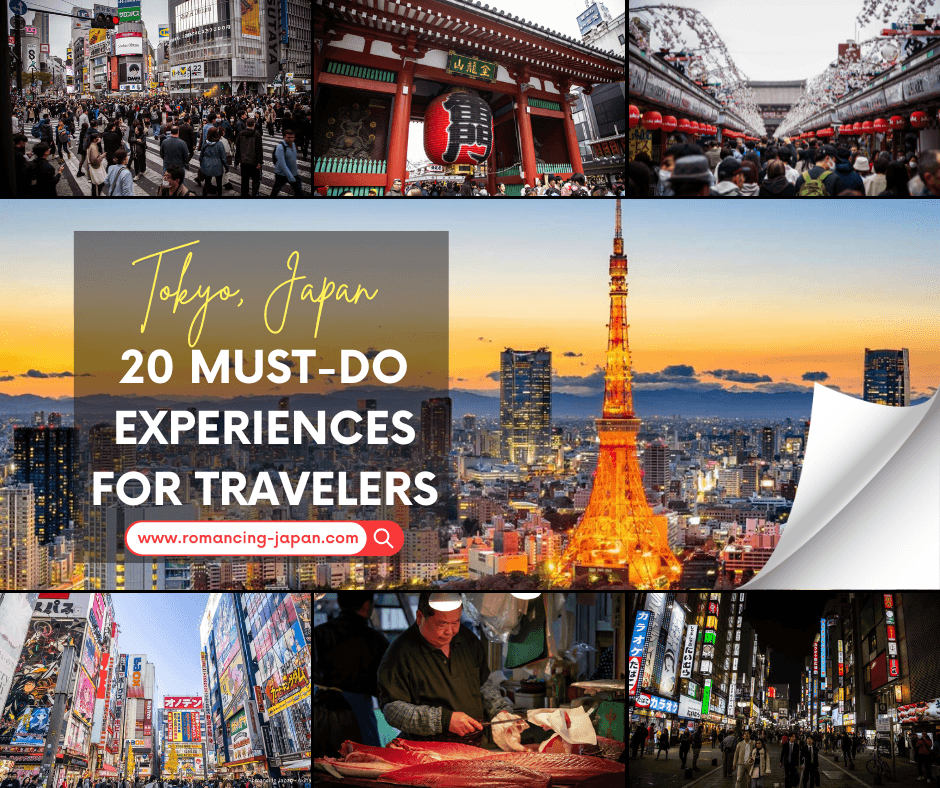
Tokyo Favorites: 20 Must-Do Experiences for Travelers

Kyoto Bike Tours: Discover the City’s Hidden Gems with Noru

Kyoto 3-Day Itinerary: Best Things to Do for First-Time Visitors

Universal Studios Japan Tickets: Your Guide to Visiting USJ
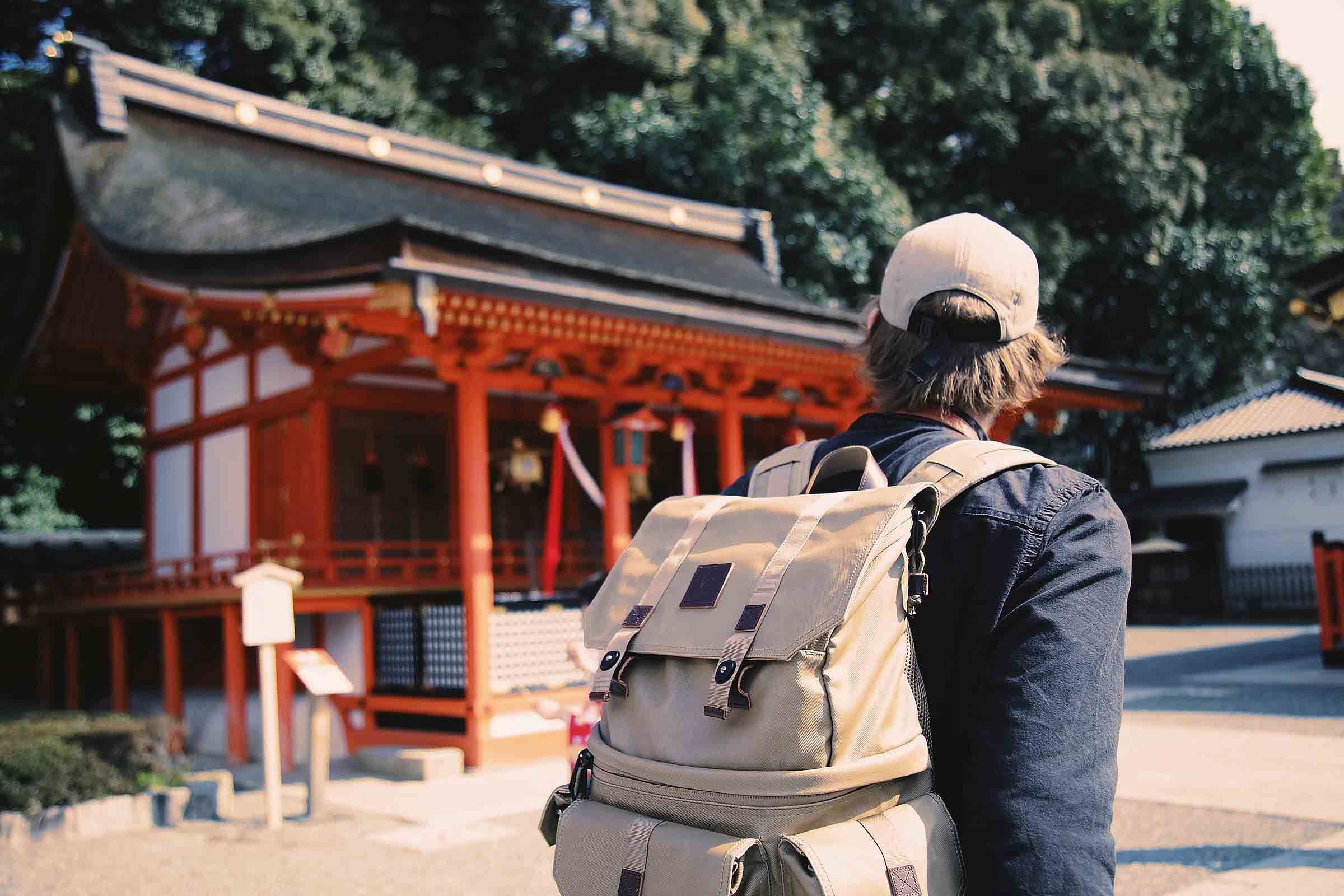
Find Out What Japan Really Thinks of Foreign Tourists
